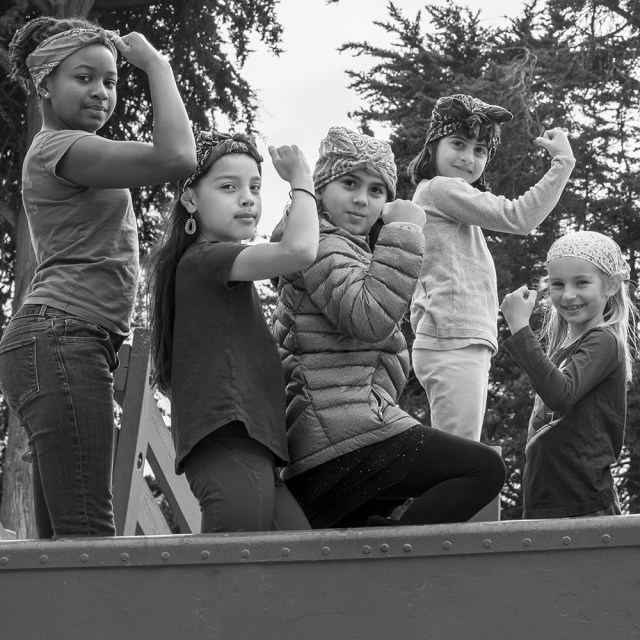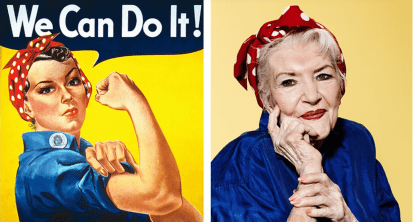
Rosie the Riveter was the fictional icon of the United States Defense campaign aimed at recruiting women to join the workforce during World War II. For the first time in history, American women entered the labor force in massive numbers to fill in the gaps left by men enlisted in the war. Since the 1940s Rosie the Riveter has stood as a symbol for women in the workforce and for women’s independence.
The call for women to join the workforce during World War II was meant to be temporary. Women were expected to leave their jobs after the war ended and the men came home. However, many women found that they enjoyed the challenge of work, they thrived on the financial and personal freedom. The impact of World War II on women changed the workplace forever, and women’s roles continued to expand in the postwar era.

American artist J. Howard Miller created the original iconic poster in 1942, it was titled “We Can Do It!”, the woman was not named. In 1943 the song “Rosie the Riveter,” written by Redd Evans and John Jacob Loeb, was popularized by the Four Vagabonds. The song was inspired by Rosalind P. Walter a 19-year-old night-shift welder after an article about her appeared in a syndicated newspaper. The song became associated with the iconic poster image.
The first “Rosie the Riveter”, Rosalind P. Walter did more than help inspire a movement, she spent her lifetime supporting the arts, education, and conservation programs. Walter passed away on Wednesday, March 4th at the age of 95. Today we honor her and all the “Rosies” that helped lay the groundwork for the women’s movement. She Made History, They Made History.

Sources and Links:
